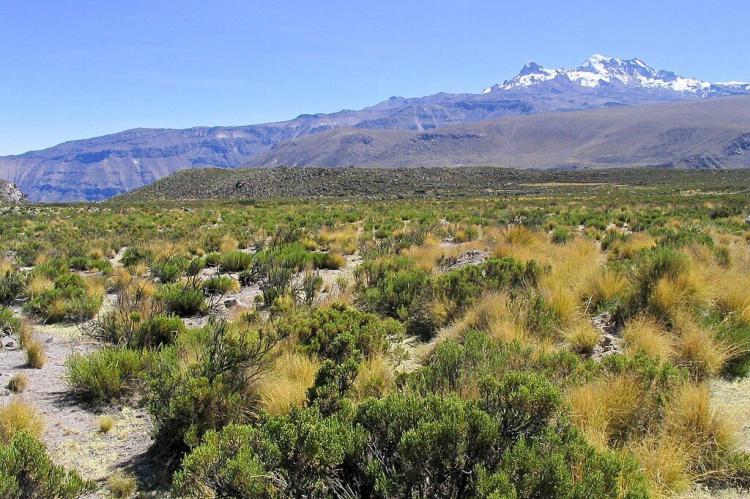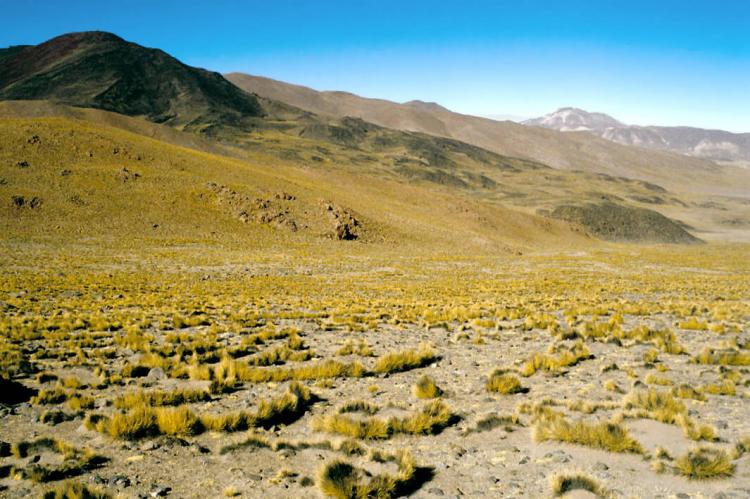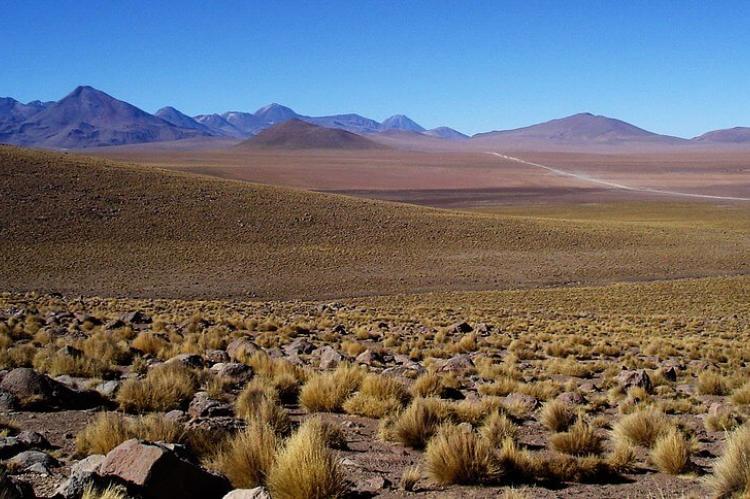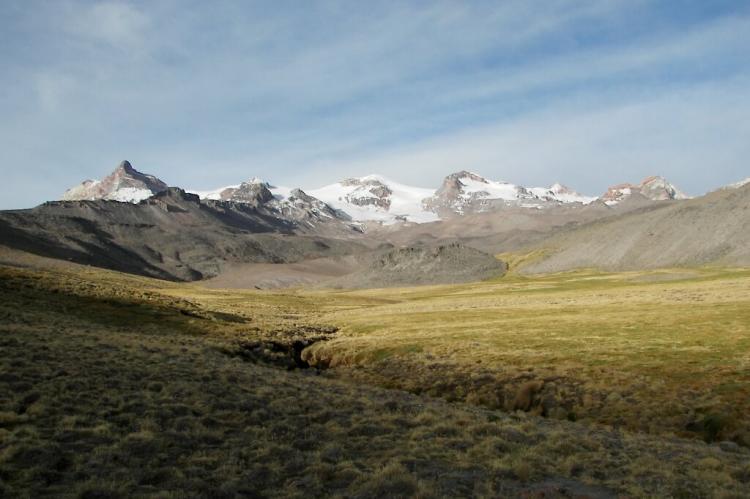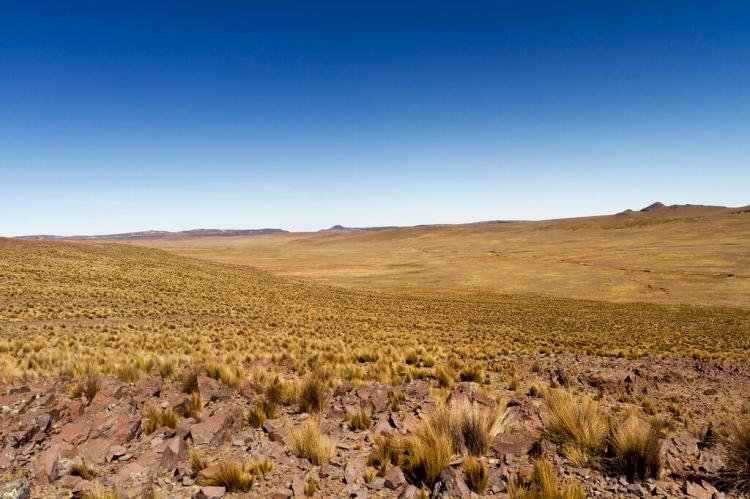The Puna: Exploring the High-Elevation Grasslands of the Central Andes
The Puna, a high-elevation grassland region in the Central Andes, spans northern Peru, western Bolivia, and northern Chile and Argentina. It encompasses diverse sub-ecoregions, including the Wet Puna, the Central Andean Puna, and the Dry Puna along the Cordillera Occidental.
The Puna
Exploring the High-Elevation Grasslands of the Central Andes
The Puna, a cold, high-elevation grassland region nestled within the montane grasslands and shrublands biome, shapes the vast expanse of the Central Andes. According to the World Wildlife Fund (WWF), the Puna is a region that stretches from northern Peru through western Bolivia into northern Chile and Argentina. This area is known for its exceptional biodiversity and challenging climates.
Geographical and Climatic Overview
Much of the Puna lies in the rain shadow of the eastern range of the Bolivian Andes, primarily on the Altiplano. This high-altitude grassland region is situated at elevations ranging from 3,000 to 5,000 meters (9,850 to 16,400 feet) above sea level, above the treeline and below the permanent snow line. The topographic and climatic variations along this expansive high plateau contribute to distinct regional plant vegetation types, creating a rich ecological mosaic.
Puna Sub-Ecoregions
The WWF identifies three distinct Puna sub-ecoregions, each characterized by unique plant compositions:
-
Central Andean Wet Puna (Bolivia, Peru): Tends to be covered by grasses mixed with herbs, lichens, mosses, and ferns. Many areas are farmed. Extends from north-central Peru, adjacent to the páramos, southeast along the eastern Altiplano of Bolivia.
-
Central Andean Puna (Bolivia, Peru): Dominated by shrublands and thickets of tola shrubs. Covers much of southern Peru.
-
Central Andean Dry Puna (Northwest Argentina, Bolivia, Chile): Found mainly in the southern part of the Central Andes along the Cordillera Occidental in Bolivia.
Each sub-ecoregion contributes to the Puna's overall biodiversity and ecological dynamics, showcasing nature's adaptability to diverse environmental conditions.
Fauna of the Puna
The Puna region's mammals have evolved to withstand low oxygen levels, prolonged drought, and cold temperatures. Native camelids, including the vicuña and guanaco, graze these high-altitude pastures. Other notable mammals such as viscacha (Lagidium spp.), chinchilla (Chinchilla brevicaudata), and the Andean hairy armadillo (Chaetophractus nationi) also thrive in these challenging altitudes.
Predators like the Culpeo or Andean fox (Lycalopex culpaeus), the small and rare Andean cat (Leopardus jacobita), and the puma are adapted to prey on the herbivores, forming a delicate balance in this high-altitude ecosystem.
Avifauna in the Puna
The Puna is also home to a diverse avian population, with notable species adapted to the specific conditions of the region. The flightless Darwin's or Lesser Rhea (Rhea pennata) roams the grasslands, showcasing the unique adaptations of avian life in high-elevation environments. The Puna tinamou (Tinamotis pentlandii), a poor flyer, is a common ground bird well-adapted to the Puna's conditions.
Briny lakes in salt pans attract several species of flamingos, adding a splash of vibrant color to the landscape. The rare and endangered James Flamingo (Phoenicopterus jamesi) and Andean Flamingo (P. andinus), along with the Chilean Flamingo (P. chilensis), find sanctuary in these high-altitude lakes.
Challenges and Conservation
While showcasing extraordinary biodiversity, the Puna faces challenges related to climate change, habitat loss, and human-wildlife conflict. As climate variations impact the ecosystem's delicate balance, conservation efforts become increasingly crucial. Sustainable practices and a holistic approach to preserving the Puna's unique flora and fauna are essential to ensure the continued survival of this remarkable high-elevation grassland region.
Conclusion
In unraveling the mysteries of the Puna, we discover a realm where adaptation reigns supreme, and the harmonious interplay between fauna, flora, and climate creates an ecological masterpiece. As we explore the Puna's high-altitude landscapes, we recognize the need for collective efforts to protect and preserve this unique and fragile ecosystem for generations.
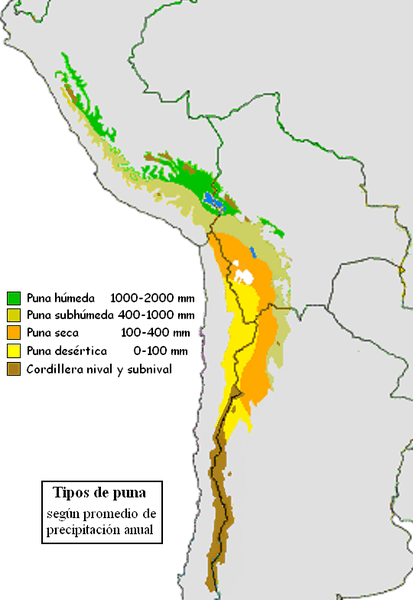
Map depicting the Puna region in the Andes.
